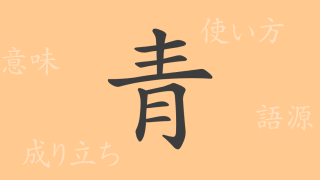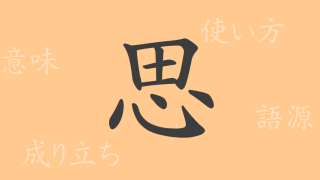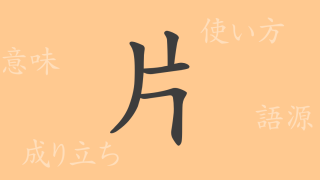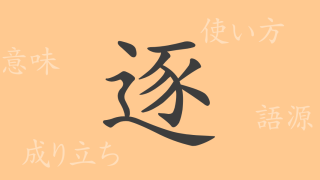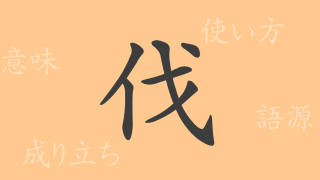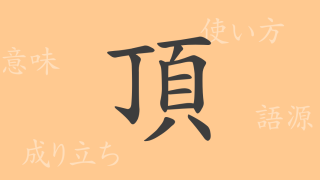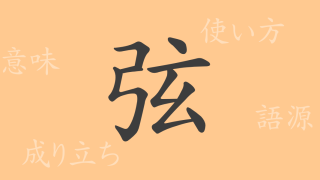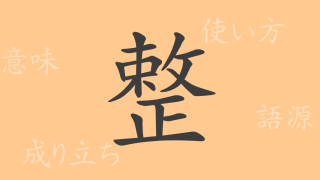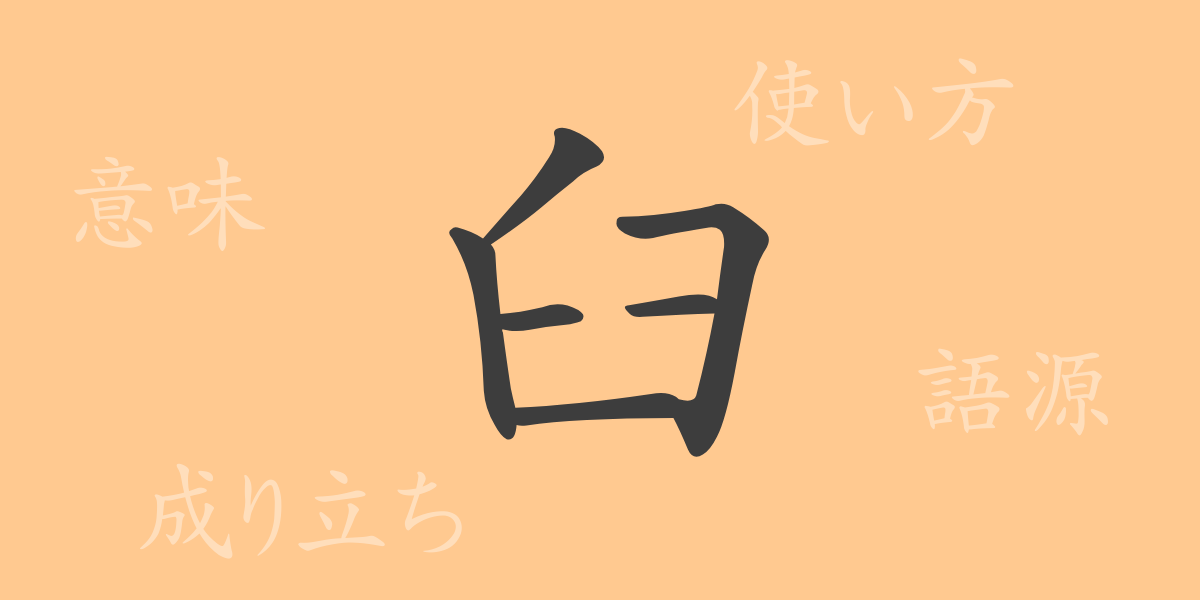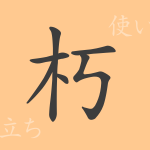In Japanese culture and language, deep meanings have been passed down through generations. Among these, the common kanji “臼(うす, usu)” is a familiar presence, yet opportunities to deeply understand its origins and usage might be surprisingly rare. This article will thoroughly explore the charm of “臼(うす, usu)” from its etymology, meaning, and usage to its readings, stroke count, radical, as well as idioms and proverbs. Let’s delve into the world of kanji hidden in daily life together.
Origin of 臼 (うす, usu)
The kanji “臼(うす, usu)” is an ideogram that originated in ancient China, depicting a tool used for grinding grains. Its shape, resembling a container with a hole where something is placed for use, signifies its function as a millstone. Over time, this character became used in various cultures and languages, and it is now established as a common kanji in Japanese.
Meaning and Usage of 臼 (うす, usu)
Originally, “臼(うす, usu)” referred to a tool for grinding grains. In modern times, it is used in various contexts. For example, “臼歯(きゅうし, kyūshi)” refers to molars, the strong back teeth that crush food. Additionally, “臼(うす, usu)” can be used metaphorically to signify the foundation or basis of something.
Readings, Stroke Count, and Radical of 臼 (うす, usu)
The kanji “臼(うす, usu)” has readings and a structure that reflect its shape and function.
- Reading: The on-yomi (Chinese reading) is “キュウ(kyū),” and the kun-yomi (Japanese reading) is “うす(usu).”
- Stroke count: “臼(うす, usu)” consists of 6 strokes.
- Radical: It falls under the “臼部(きゅうぶ, kyūbu)” radical category.
Idioms, Proverbs, and Expressions Using 臼 (うす, usu)
The kanji “臼(うす, usu)” appears in many idioms, proverbs, and expressions in Japanese. For example, as already mentioned, “臼歯(きゅうし, kyūshi)” means molars. The idiom “臼に戻る(うすにもどる, usunimodoru)” means to return to the original state of things. The proverb “臼の中の舌(うすのなかのした, usunonakanoshita)” describes enjoying freedom within a narrow range.
Summary of 臼 (うす, usu)
The kanji “臼(うす, usu)” has various meanings and usages derived from its shape. It is integrated into the Japanese language, rooted in our daily lives. From its origin as a grinding tool, to representing teeth and foundations, and being used in idioms and proverbs, “臼(うす, usu)” reflects its deep historical and cultural background. Understanding each kanji hidden in daily life, with its unique story, helps us use language more richly.






